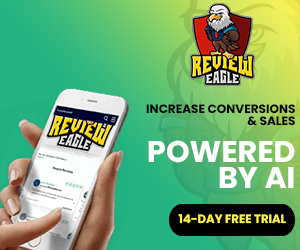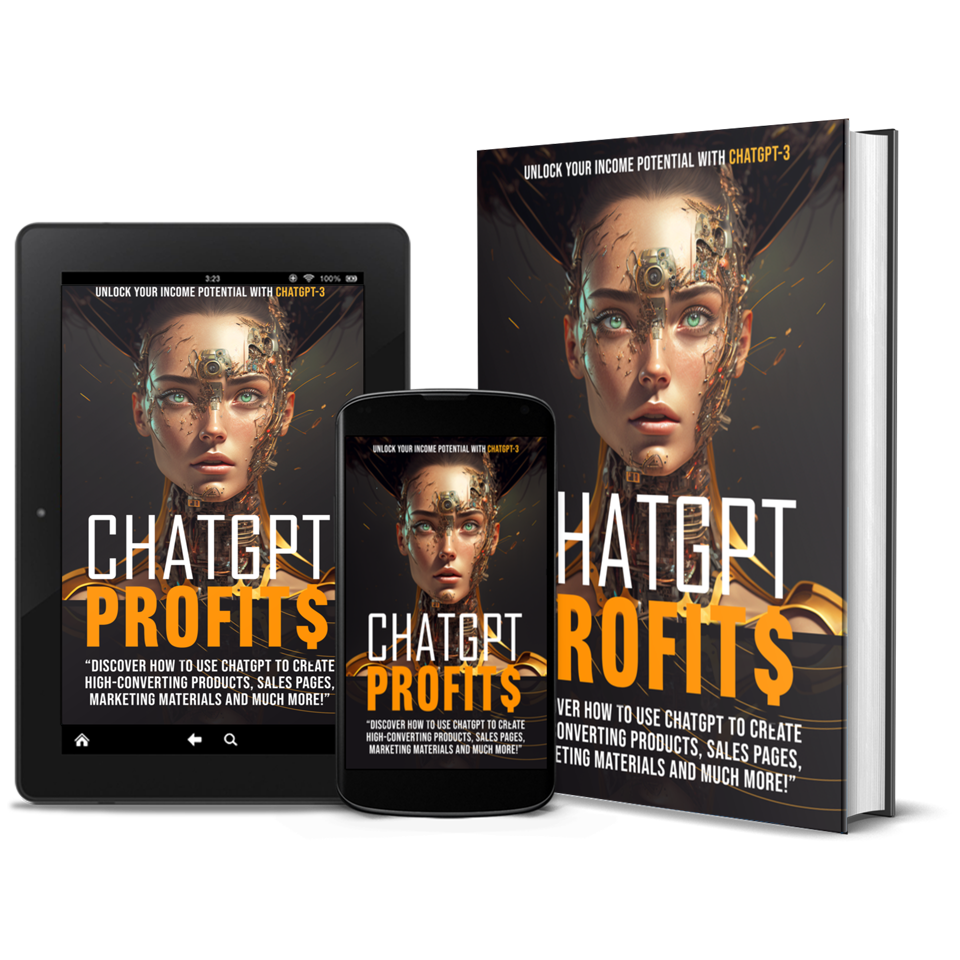In the high-stakes arena of modern business, where every click, call, and conversation has the potential to tip the scales, mastering the art of lead conversion is akin to discovering the philosopher’s stone of sales success. Imagine having a treasure map, but instead of guiding you to gold doubloons, it leads you to sales-ready leads ready to become loyal customers. This treasure map is precisely what effective lead scoring offers—an intricate system that pinpoints which potential clients are most likely to make a purchase, thereby maximizing your efforts and minimizing wasted time. Yet, while many businesses know the value of generating leads, the true challenge lies in honing these raw opportunities into gleaming, polished sales prospects. This blog post delves into the powerful strategy of using lead scoring as a secret weapon to significantly boost your lead conversion rates, transforming curious visitors into committed buyers.
Imagine if you could predict a prospect’s likelihood to buy with near-psychic precision—this is the magic that lead scoring brings to your sales processes. It’s all about understanding and interpreting the endless stream of data at your fingertips, turning numbers into narratives that tell you who to pursue and when. From demographic details to behavioral signals, this strategic approach allows sales teams to allocate their resources with laser-focused accuracy. As we explore this ultimate guide, you’ll discover step-by-step how to strategically implement and refine lead scoring models tailored specifically to your business needs. You’ll learn to distinguish the warm leads from the mere onlookers, ensuring that your sales team is always closing in on the hottest opportunities. Embark on this journey to unlock the full potential of your lead conversion strategy, turning the art of selling into an elegantly orchestrated science.
Understanding Lead Conversion
Lead conversion is the process of turning potential leads into paying customers. It is the ultimate goal of any sales and marketing strategy, as it directly impacts the revenue and growth of a business. However, lead conversion is not a one-size-fits-all approach. It requires a deep understanding of your target audience, their needs, and their buying journey.
When it comes to lead conversion, quality matters more than quantity. It’s not about generating as many leads as possible; it’s about generating high-quality leads that are more likely to convert into customers. This is where lead scoring comes into play.
Key Components of Effective Lead Scoring
Lead scoring is a method used by businesses to rank and prioritize leads based on their likelihood to convert. It assigns a numerical value or score to each lead based on various factors such as demographics, behavior, engagement level, and fit with your ideal customer profile.
The key components of effective lead scoring include:
- Data Collection: Gathering relevant data about your leads is crucial for accurate lead scoring. This includes information such as job title, company size, industry, website activity, email engagement, social media interactions, and more.
- Critical Factors: Identifying the critical factors that indicate a lead’s readiness to buy is essential for effective lead scoring. These factors may vary depending on your industry and target audience but can include actions like downloading a whitepaper or attending a webinar.
- Weighing Criteria: Assigning weights or values to different criteria helps prioritize leads based on their importance in the buying process. For example, someone who has requested a product demo may have a higher score than someone who has only subscribed to your newsletter.
- Scoring Model: Developing a scoring model that aligns with your business goals and sales process is crucial. This model should be regularly reviewed and refined based on the feedback from your sales team and the actual conversion rates of the leads.
Developing Your Lead Scoring Model
Developing an effective lead scoring model requires a collaborative effort between your marketing and sales teams. Here are the steps to develop a lead scoring model:
- Define Your Ideal Customer Profile: Clearly define the characteristics of your ideal customer, including demographics, firmographics, pain points, and buying behaviors.
- Identify Key Buying Signals: Determine the actions or behaviors that indicate a lead’s readiness to buy. This can include visiting specific product pages, requesting a quote, or engaging with pricing information.
- Assign Scores: Assign scores to each buying signal based on its importance in the buying process. Use a scale (e.g., 1-10) to rank their significance.
- Capture Data: Implement systems to capture relevant data about leads’ interactions with your website, emails, social media channels, and other touchpoints.
- Analyze and Refine: Regularly analyze the performance of your lead scoring model and refine it based on feedback from your sales team and actual conversion rates.
Implementing Lead Scoring in Your Sales Process
To implement lead scoring effectively in your sales process, follow these steps:
- Create Alignment Between Marketing and Sales: Ensure that both teams are aligned on the lead scoring criteria and understand how to use the scores to prioritize leads.
- Integrate Your CRM and Marketing Automation Tools: Integrate your customer relationship management (CRM) system with your marketing automation tools to capture and track lead scoring data seamlessly.
- Set Thresholds for Sales-Ready Leads: Define the minimum lead score that qualifies a lead as sales-ready. This threshold may vary depending on your business and industry.
- Implement Lead Nurturing Strategies: Develop targeted nurturing campaigns for leads that have not yet reached the sales-ready threshold. Provide them with relevant content and offers to move them closer to making a purchase.
- Continuously Monitor and Optimize: Regularly review the performance of your lead scoring system, identify areas for improvement, and make necessary adjustments to optimize its effectiveness.
Maximizing ROI with Optimized Lead Conversion
An optimized lead conversion strategy can significantly impact your return on investment (ROI) by focusing your resources on leads that are most likely to convert. Here are some tips to maximize ROI with optimized lead conversion:
- Refine Your Scoring Model: Continuously refine your lead scoring model based on feedback from your sales team, market trends, and changes in customer behavior.
- Prioritize Follow-Up: Ensure that leads with high scores receive prompt follow-up from your sales team. This increases the chances of converting them into customers while they are still engaged.
- Nurture Low-Scoring Leads: Implement effective lead nurturing strategies for leads that have low scores but show potential. Stay top-of-mind with relevant content and offers to keep them engaged until they are ready to buy.
- Track and Analyze Conversion Rates: Monitor the conversion rates of your leads at each stage of the sales process. Identify bottlenecks and areas for improvement to optimize your lead conversion strategy.
- Align Sales and Marketing Efforts: Foster collaboration between your sales and marketing teams to ensure a seamless handoff of leads and a consistent customer experience throughout the buying journey.
Conclusion: Elevating Your Sales Success with Lead Scoring
In conclusion, lead scoring is a powerful tool that can elevate your sales success by helping you identify and prioritize high-quality leads. By understanding lead conversion and implementing an effective lead scoring model, you can maximize your ROI, streamline your sales process, and boost your revenue. Remember, lead conversion is not just about generating more leads; it’s about converting the right leads into loyal customers. Unlock the full potential of lead scoring, and watch as your sales-ready leads soar to new heights.
The AI Web Agency is dedicated to helping our clients grow their business. Growth is the DNA and foundation of our focus in everything we provide to our clients. The AI Web Agency offers marketing services that make our client’s phones ring, their websites fill with visitors, and keeps their existing clients engaged. We deliver this growth both online and offline, to local businesses and national brands. We leverage the power of AI to provide precision personalized content delivered via Email, Web, and Social Media to help businesses grow.









